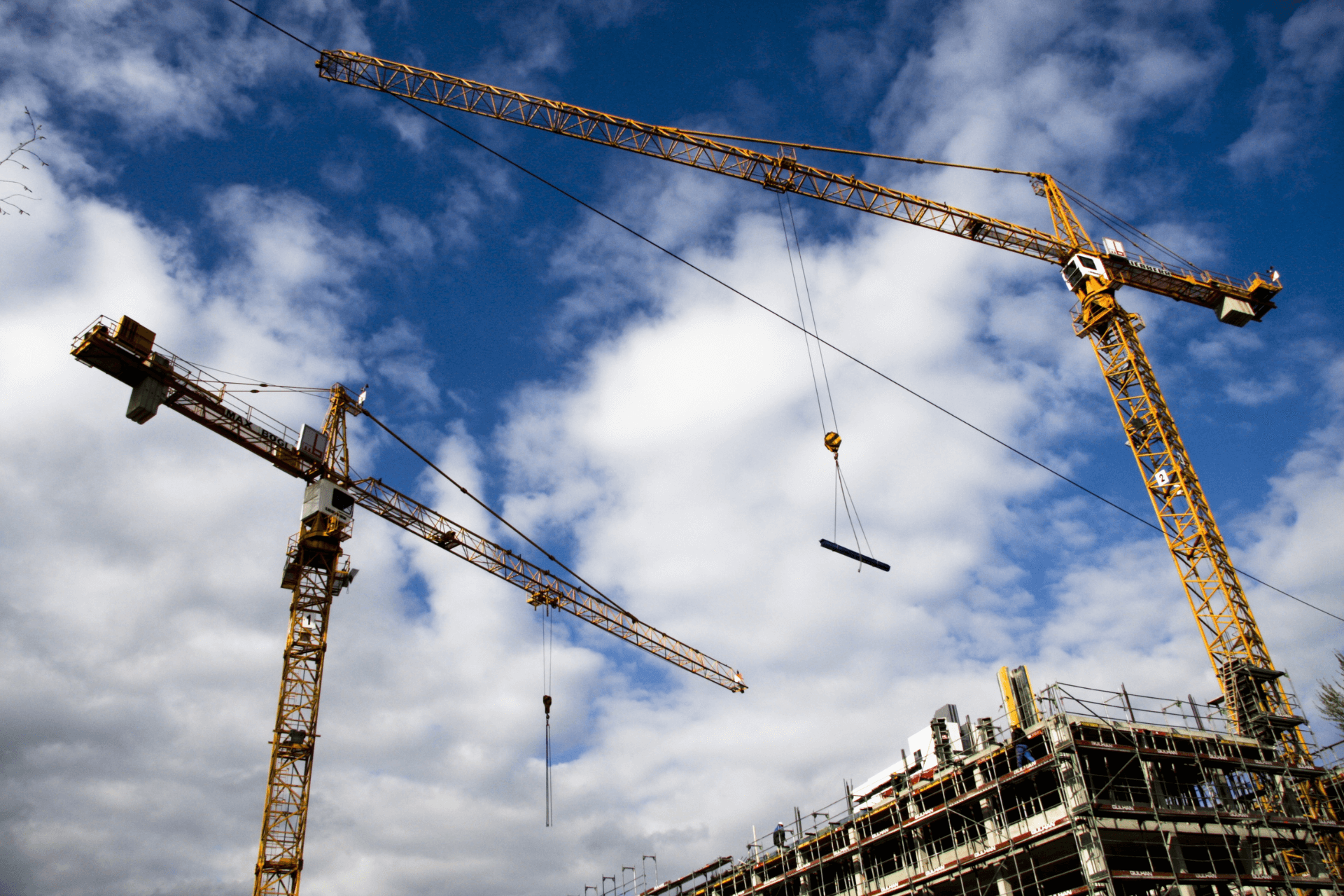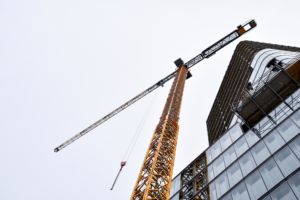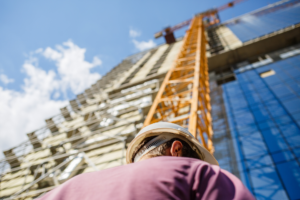If you are a construction worker in Ontario, or own a construction business in the province, then you need to be aware of the recent changes in crane safety legislation. In an effort to enhance worker safety and reduce the number of accidents involving cranes, the Ontario government has implemented new regulations for crane operators and companies using cranes on job sites. As these changes affect all aspects of crane operations, it is important for workers and businesses to stay informed and comply with the new requirements.
The Regulatory Nitty-Gritty
Ontario is making significant updates to the crane-related sections of O. Reg. 213/91, part of the Occupational Health and Safety Act (OHSA). These updates will redefine and expand the guidelines for crane design, setup, upkeep, inspection, and record-keeping. Additionally, the changes will enforce detailed inspections of tower cranes and introduce updated references to both national and international standards concerning tower crane design and operation.
These revisions are scheduled to be effective from January 1, 2024. For certain requirements, especially those involving equipment modifications, the enforcement date is extended to January 1, 2025, to give stakeholders sufficient time for compliance.
Modifications are also being made to O. Reg. 420/21 (Notices and Reports Under Sections 51 to 53.1 of the Act – Fatalities, Critical Injuries, Occupational Illnesses and Other Incidents) under the OHSA. These amendments will mandate reporting to the ministry in cases of crane or load control failures, including issues with rigging, and will require an engineering analysis to determine the cause of such failures.
The Need for Updated Crane Safety Legislation in Ontario
Recent years have witnessed a spike in crane-related mishaps across Canada, sounding the alarm for a pressing need to revamp the existing safety legislation. The fresh law on the table comes with a renewed focus on tightening safety protocols, with the ultimate goal of curtailing the occurrence of accidents. This doesn’t just protect workers but also fortifies construction businesses against potential liabilities and reputational harm.
Key Highlights of the New Ontario Crane Safety Legislation
Underpinning the newly introduced Ontario Crane Safety Legislation is the emphasis on two critical aspects – adequate training for crane operators and meticulous maintenance of crane equipment. The new laws now insist on comprehensive training for all individuals operating cranes, calling for an in-depth understanding of the machine’s operation, potential risks, and the steps to mitigate them.
The legislation now mandates regular equipment inspections, ensuring that each component of the crane is in optimal condition and safe to operate. Additionally, there’s a requirement for establishing safety protocols for operations, creating a strong foundation for accident prevention.
But the teeth of the legislation lie in its enforcement. The laws are not just recommendations – there are severe consequences for flouting the rules. Failing to comply can lead to significant penalties, including imposing fines that can strain your company’s finances or even leading to a complete halt of ongoing projects. This amplifies the need for complete compliance, making it not just a legal obligation but a business imperative for construction companies in Ontario.
Training Programs for Crane Operators
“A worker shall carry the worker’s written proof of training while operating a crane or other hoisting device.” — O. Reg. 241/23, s. 6 (3).
Getting the training in place isn’t enough – workers need to have proof of those certifications on them at all times. Digital certification management is the perfect way to ensure you’re compliant. As long as the worker has their phone on them, they have their proof of certification. Failing that, proof of certification is also accessible to any site supervisor or project manager with the appropriate access, and can be easily shared with external parties inspecting the site.
So, why the emphasis on rigorous training programs that crane operators are now required to complete? These programs provide a rich reservoir of knowledge and skills, empowering operators to navigate their roles with confidence and safety. From the anatomy of crane mechanics to the nuts and bolts of safety procedures, these training programs are designed to be a comprehensive guide for crane operators.

Operators are also taught vital emergency protocols, which can be the difference between a near miss and a full-blown accident. This deep dive into emergency preparedness equips them to respond swiftly and correctly under pressure, further fortifying the safety measures in place at your construction site.
Investing in these training programs isn’t just about ticking a box for compliance. It’s about arming your team with the necessary tools to protect their own lives and those of their colleagues, as well as building your business’s reputation for reliability and confidence.
Crane Inspections and Maintenance in Safety
Crane inspections and maintenance go hand in hand as the dual guardians of safety on your construction site. A diligent look-over of the crane should become as routine as a morning cup of coffee – performed daily before the crane swings into action. These daily inspections ensure that all the crane’s components are in working order, paving the way for a smooth and accident-free operation.
Just like worker training and proof of certification are only half the battle, inspections need to be supported by a trail of documentation. In the event of an accident or equipment failure, being able to demonstrate that equipment was regularly inspected and maintenance performed as needed is essential to demonstrating compliance. Consider digitizing your crane safety documentation processes, so that your paper trail is unimpeachable – electronically filled out, signed, and filed safely against future inspection.
However, the inspection responsibility doesn’t end with a simple daily check. In-depth, periodic inspections should also be in the calendar. Think of these as your crane’s health check-ups, a thorough exam where no part is left unassessed. These comprehensive inspections are crucial for revealing any underlying issues, offering a chance to address them before they spiral into significant problems.
When these inspections reveal issues, swift and effective repairs to any issues are the next order of business. But don’t just wait for a problem to appear before scheduling maintenance. Regular, proactive servicing is equally important, helping to prevent potential breakdowns and extend the crane’s life span.
Regular inspections and maintenance are more than just steps towards compliance with the new legislation. By prioritizing these aspects, you can keep your cranes, the workhorses of your site, operating at peak performance, reinforcing safety, and productivity at the same time. After all, a well-maintained crane is a safe crane, and a safe crane lays the foundation for a successful construction project.
Conclusion
Ontario’s Crane Safety Legislation offers an invaluable chance for businesses in the construction sector to reconsider their safety strategies and renew their commitment to the welfare of their workforce. By making safety an intrinsic part of your company’s ethos, you can safeguard your employees, enhance your business image, and drive business growth.
It’s important to realize that safety goes beyond just ticking the boxes for legal compliance. It’s a testament to your dedication to the well-being of your team and clients, demonstrating that you put their safety above all else. This commitment to safety will not only help avoid penalties but also position your business as a trustworthy entity in Ontario’s construction industry.




